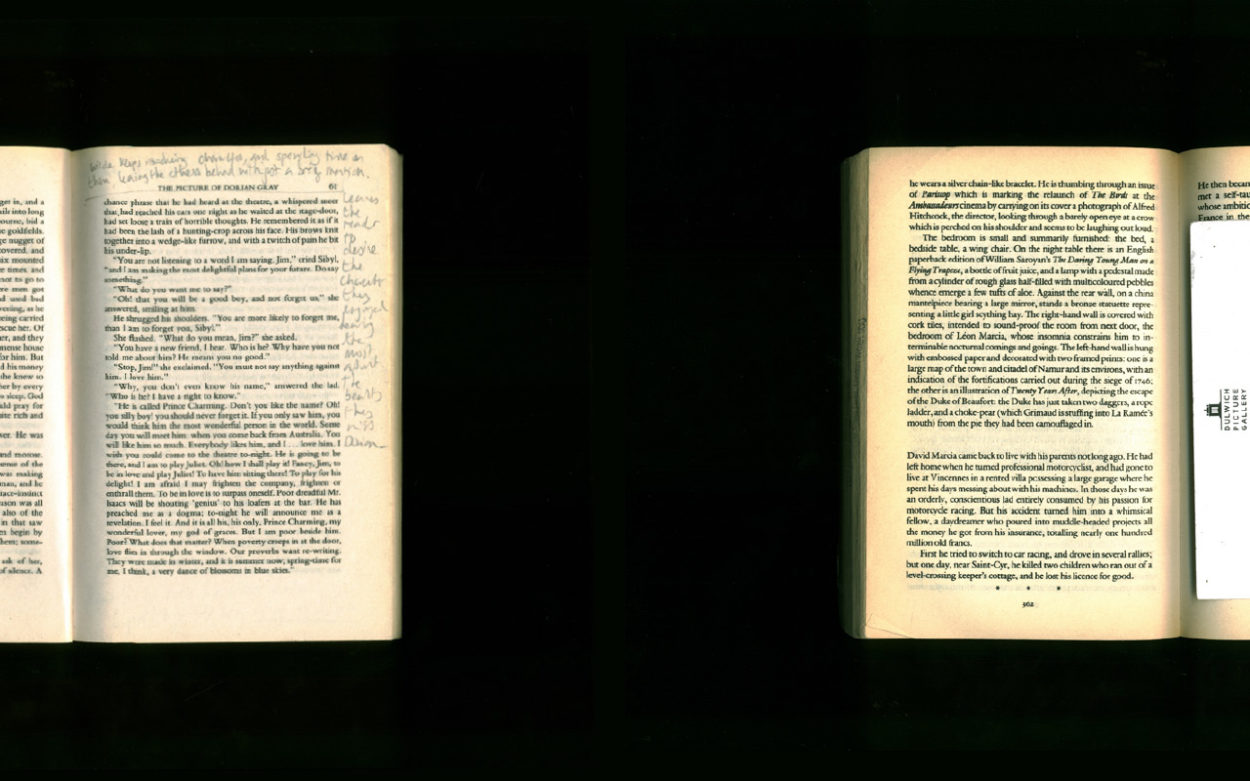Published
Reminder to self
Emails beget emails.
Published
Emails beget emails.
Published
While speed refers to the rate at which something occurs, the rate to which it now refers is almost exclusively quick. This simple transformation, that speed now means going fast, in itself speaks volumes of our accelerated age.
Jeremy Millar and Michiel Schwarz (1)

This chapter aims to validate a suspicion of acceleration; it argues our acclimatisation to this condition; expresses concern for its impact on the mind and body; and examines the three realms of conflict raised in the research question – individual reflection, labour and common space.
Published alongside a twinned exhibition at The Whitechapel and Photographer’s Galleries in 1998, Speed—Visions of an Accelerated Age gathers essays and art that address ‘the defining theme of our age’. Editors Millar and Schwarz write, ‘Speed is all around us; we can feel its effects even if we are unable to see it. Speed is both forceful and immaterial, like the turbulence from a moving vehicle, like the thrust of a jet, like a good idea. Speed can blow us away’. (3) Comparably, actress Fanny Kemble recounts her first railway journey in 1830, ‘You can’t imagine how strange it seemed to be, journeying on thus without any visible cause of progress other than the magical machine, with its flying white breath and rhythmical, unvarying pace’. (4) As speed continues to ‘blow us away’, it is no longer ‘strange’ but our habitual mode of existence.
Read morePublished
This statement of intention, written for assessment purposes during post-graduate design research, lived on a website that formed the practical outcome. The website was the first use-case of adopting an index, as its means of navigation, to organise knowledge.
I am an Australian designer based in London. I am interested in graphic design: as a form of critical analysis and inquiry; applied to everyday social conditions and values; and unfolding as artefacts and experiences. My work is informed by a curiosity for people and place, language and landscape.

Common Practice presents an intention, a methodology and a terrain. It is a proposition for a design studio and ongoing research concern which:
Read morePublished
A meditation on the verb ‘to traverse’, written during post-graduate research exploring connections between walking and labour.
In an increasingly dematerialised and production-oriented culture, how might the act of traversing inform the possibilities of labour?
Walking shares with making and working that crucial element of engagement of the body and the mind with the world, of knowing the world through the body and the body through the world.
Rebecca Solnit in Wanderlust(1), pg. 29
Despite, or perhaps because of, its infrequent appearance in the landscape of everyday language, the verb ‘traverse’ pleases both the ear and the mind. Tongue pressed briefly to the roof of the mouth, T–R–A, like a plucked guitar. Then a bitten lip, a fling and a hiss, V–ER–SE. My delivery is voiced with an emphasis on the second syllable, TRA–VERSE, disclosing geographic origins and at the same time performing. A phoneme thrown, outstretched, into the nearby yonder.
To traverse is, at the very least, to set out. The Oxford English Dictionary outlines it as ‘travel across or through’, which points past any modest beginning to a centre. But what is the quantifiable breadth of across? And what, in fact, are we travelling through? If I step onto the porch, have I traversed? Or must I also progress past the door? And the foyer? And the hall? It’s difficult to comprehend the scope of this centre in an age that offers return flights to Ibiza for the price of a Uniqlo t-shirt.
Read more